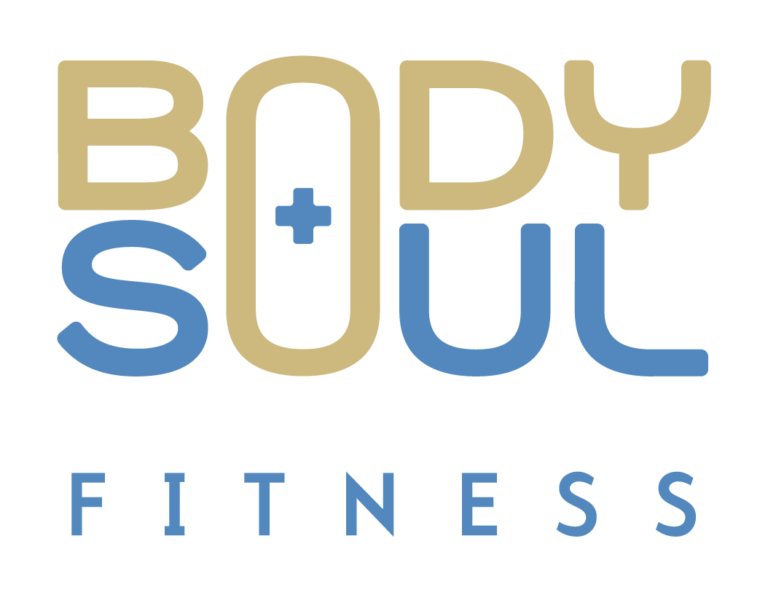Introduction
Whether you are looking to improve fitness for performance in a sport or for a challenge you set out for yourself like a hiking trip or portaging trip, we must begin by asking ourselves what type of physical demands does the sport or event you’re preparing for involve. We call this a task needs analysis.
Task Needs Analysis
We take the activity and break it down to its constituent parts to determine which physical qualities are needed for success. Breaking down the components of an activity like this allows us to determine which physical attributes are needed most for success of any task, competitive or leisure.
By physical attributes, I mean we’re looking for how much strength, power, speed, agility, mobility and endurance is needed for this activity to ensure success and decreasing risk for injury. Some activities have a higher bias for one physical quality than others while some activities may require a blend of all the physical qualities.
Sports like sprinting or Olympic weightlifting require high amounts of strength, power and speed and less endurance, while a sport like long distance running or cycling requires more endurance than strength or speed. This analysis of the task of which we are trying to improve performance of allows us to bias our training by the emphasis of working on those qualities that will give us the most bang for our buck.
Athlete Needs Analysis
Once we know which physical parameters a successful performance of the task requires, we then do an athlete needs analysis. This assesses the person’s current abilities according to the task specific requirements determined during the task needs analysis. We take the physical qualities that are most relevant to the sport and use tests that determines a person’s capacity for that quality. If we want to test strength, we can use variety loaded movements like a squat, bench press etc. If we are testing endurance, we can use a variety of test protocols on a treadmill or bike or other machines. If we are testing power, we can use a vertical jump test or weighted medicine ball throw. For mobility we can use standardized protocols in measuring joint ROM and dynamic mobility and motor control. For speed and agility, we can use a variety of timed running tests.
There are many ways to assess these physical qualities which is a good thing because it allows us to use the tests that are more applicable or similar to the movements of the sport or activity we are trying to improve. The test needs to be specific to the quality we are trying to assess. A 40y sprint measures a
completely different quality than 40yd zig-zag run. One measures straight line short distance speed while the other measures agility or the ability to run fast and change direction.
Based on the results of this athlete or personal assessment, we can note which physical measures need more attention and which don’t. We can compare these results to statistical norms that guide us in determining how much a physical measure needs to be improved. So, if a cardiovascular endurance test determines a person to have a much lower score than what is usual for someone able to complete a marathon, we know if that person is to achieve running a marathon, we need to focus on improving that score and roughly by how much. The results tell us where to focus our training efforts by outlining a person’s strengths and weaknesses according to the task.
Why are these Assessments Important?
The information gathered in the needs analysis step is critical for ensuring that training is targeted to developing the physical requirements for the end goal task with the consideration of the starting point of the trainee so that they can optimize their preparation and subsequent performance. Without a needs analysis, we are training in the dark not knowing whether or not we will get an improvement in performance. It would be unfortunate to waste hard work in training because the right exercise or load or rest interval wasn’t used at the right time. The needs analysis gives us a clear view of where we are and where we need to go.
Next, we’re going to talk about how to implement this information into a training plan.

Rui Carvalho
Share This Post
Rui introduces the series and outlines the information he aims to provide you with, which will ultimately prepare your body, physically, for whatever challenge you have set your mind to.
Rui introduces the process: Task Needs Analysis, which examines what type of physical demands the sport or event you’re preparing for involves. He discusses how you can conduct a task needs analysis specific to your end goal.
Now that you have identified what physical demands your event requires, Rui addresses small goal setting and organizing your training period into two main phases: the preparatory period, and transition period. He explores how to navigate your way through each of these phases to reach your end goal.
Rui unpacks the transition period, and guides you to shift your training focus from the improved fitness to the task specific activities. Essentially, Rui gives you the tools needed to link the preparatory period with the competition or goal task.
